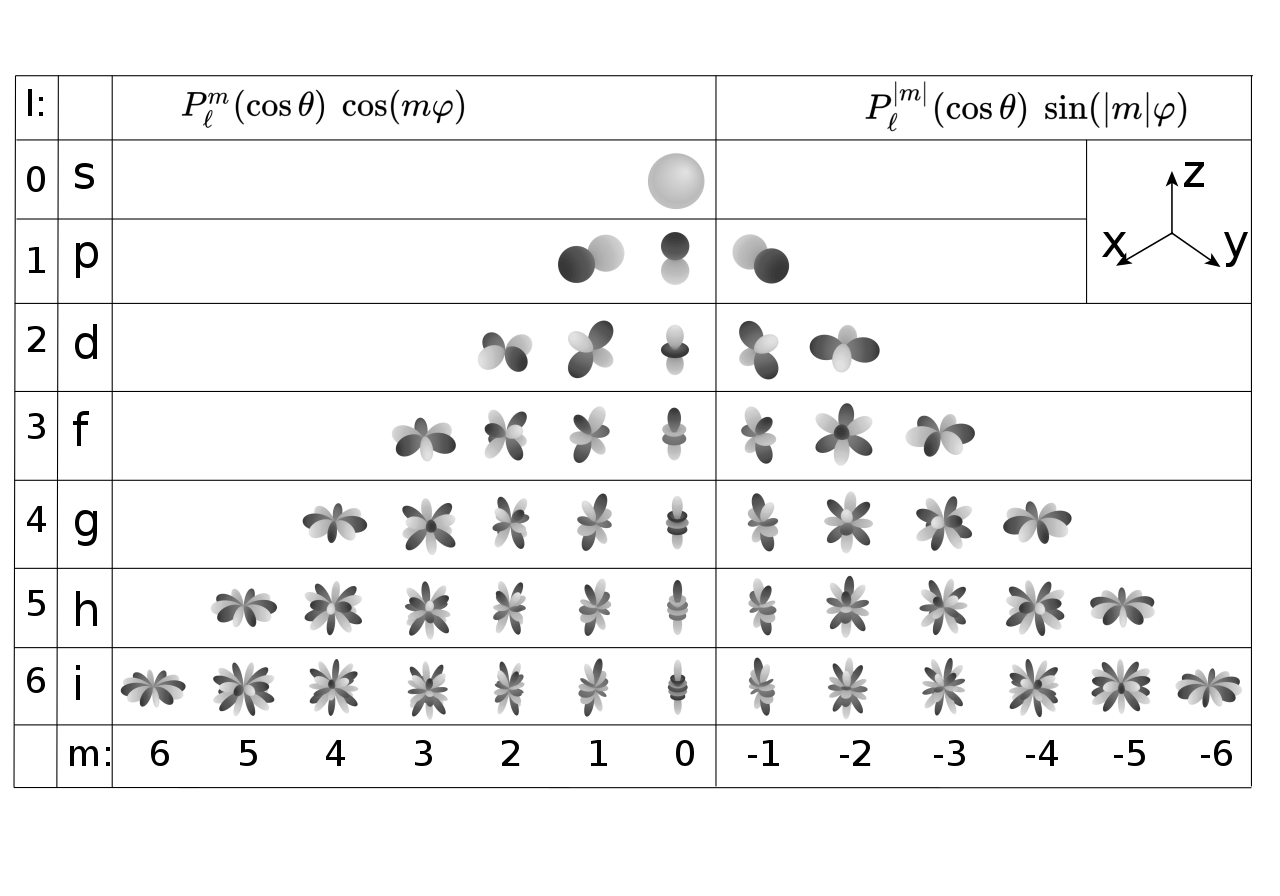Description
'It was at this point that Wigner, Hund, Heitler, and Weyl entered the picture with their "Gruppenpest": the pest of the group theory... The authors of the "Gruppenpest" wrote papers which were incomprehensible to those like me who had not studied group theory, in which they applied these theoretical results to the study of the many electron problem.' - John Slater
Despite the somewhat hostile attitude some physicists were taking towards group theory in the 20s, group theoretic methods have been wildly successful in theoretical physics and are now considered standard tools. In this project we'll focus on how groups and representations naturally arise in quantum mechanics and how they can be used to elucidate the properties of molecules, atoms and elementary particles.

We'll start out by exploring the following classic topics:
- Symmetries and conservations laws in quantum mechanics, groups and representations
- Permutation symmetry and Young tableaux
- Rotations and angular momentum, addition of angular momenta
- Atomic spectra and selection rules
- Wigner's theorem
- Spin and spinors
- The Lorentz group and relativistic problems
- The Poincare group and supersymmetry
- CPT
- Quarks and the eightfold way
Pre and Co-requisites
MATH2071 Mathematical Physics II
MATH3111 Quantum Mechanics III